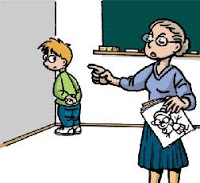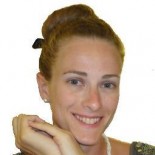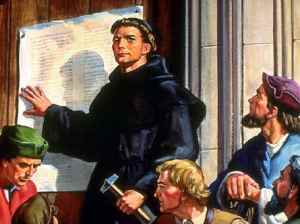"To teach is to learn twice" Joseph Joubert
My teacher's notebook. Some notes on what I read, talk and watch about education.
Chapter II and III of “The disappearance of childhood”
Yesterday I went to the doctor, and I was lucky, I had a lot of wait time at the waiting room. I say I was lucky because I could almost read a full chapter of the book while waiting for the doctor.
The second chapter was not so interesting as the first one concerning the educational issue. However, I have learnt a lot about the impact of the printing press on our society (scientific productivity, religious rebellion, the role of author as we know it today, etc.). If you are interested on it, I can send you my notes about this issue; but here I will focus on the educational one.
Chapter II: The Printing Press and the New Adult
Fifty years after the invention of the printing press, (…) it was established a clear division between the ones who could read and write, and those of whom could not. (P. 42)
As the oral climate of the Middle Ages would recede, the following elements were brought to the fore: individuality, an increased conceptual thinking capacity, intellectual power, confidence in the authority of the written word (…). (P. 50)
Children were left behind. In the Middle Ages, neither the youth nor the elderly could read and write and their matters would correspond to the immediate and the local. That is why it was not necessary the childhood, as all of them would share the same information atmosphere. (P. 50, 51)Since the printing press, the youth would have to become adults, and they will do it learning how to read. (…) To achieve it, they needed education. As a consequence, european civilisation reinvented schools. With this aspect, childhood became an indispensable requirement. (P. 51)
Chapter III: The incunabula of childhood
The incunabula [or incunabulum] are the first fifty years of the printing press. This word comes from the latin incunabula, what means, literally, the crib. (P. 53)
When talking about the incunabula of childhood, J. H. Plumb mentions that “the child became, everyday more, an object of respect, a defined kind of people of different nature and needs, who had to be separated and protected from the adult’s world” (Plumb, J. H.:”The Great Change in Children”; Horizon; vol. 13, nº1; 1971). (P. 53)
In mid XVI century, catholics turned from the ability to read and write, finding reading as a disintegrative agent and was followed by the prohibition of the reading of the Bible in the vernacular and the works of writers such as Erasmo. (…) Protestants (…) [were] in favor of teaching everybody to read and write. (…) That means that the concept of childhood was developed in an irregular way (…): where the ability to read and write was highly valued, there were schools, and where schools were, the concept of childhood developed very fast. This is the reason that childhood firstly appeared in the British Isles. (P. 54-55)
Pumb holds that (…) “reading should start at the age of four or five, followed by the writing, and more complex issues should be added gradually. The education was [then] linked to the children’s chronological age. (P. 59)
All this factors triggered:
(…) children’s clothing became different from the adult one. (P. 59)
(…) children’s language became different from the adult’s language. (P. 60)
(…) proliferated the paediatrics books. (P. 60)
(…) Children’s literature appeared in 1744 when John Newbery – an editor from London- printed the story of Jack, the Giant Killer. (P. 60)
(…) the creation of the modern family. (…) The social requirement that children were educated for a long period of time provoked a reorientation of the relationship between parents and children. (…) parents were forced to assume the role of educator and theologist (P. 60)
The last point makes me think. Often, teachers are asked to take the whole responsibility of children’s education. I think that both parents and teachers should take part on this process. But I had never even thought about the possible existence of a time when things were different.
The last part is very interesting, since it talks about one of the disadvantages of the childhood.
In a world without books or schools, youthful exuberance had more freedom to express itself. In a world of bookish learning it was necessary to strongly modify such exuberance. The calm, the immobility, the contemplation and the exact regulation of the body functions reached a high value. Therefore, in the early XVI century, teachers and parents imposed a rigorous discipline on the children. (P. 63)

Coming soon:
Chapter IV. The Flow of Childhood


